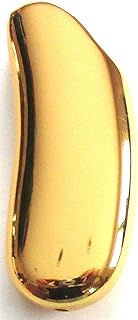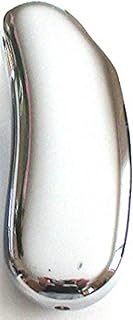1. Empty the Lighter:
* If possible, use up all the lighter fluid. This is the safest way to dispose of the lighter, as it reduces the risk of fire hazards.
* If the lighter has fluid left, try to release the pressure safely. There are several ways to do this, but be cautious:
* Puncture the lighter: This is the most common method. Use a nail or other sharp object to puncture the small hole near the bottom of the lighter. This will release the pressure and allow the fluid to evaporate. Be careful not to puncture the metal casing, as this could cause a leak or spark.
* Submerge in water: Some people recommend submerging the lighter in water for 24 hours to release the pressure. However, this is not always effective, and it's important to ensure the water is completely drained before disposing of the lighter.
2. Dispose of the Lighter Properly:
* Recycle if possible: Many municipalities have recycling programs for lighters. Check your local waste management website or call them to see if they accept lighters for recycling.
* Dispose in the trash: If recycling is not an option, place the lighter in a sealed plastic bag and dispose of it in the trash.
* Do not throw lighters in the fire: This can create a dangerous situation and may pollute the environment.
* Avoid throwing lighters in the ocean or other bodies of water: This can be harmful to marine life and contribute to pollution.
Important Safety Precautions:
* Always handle a lighter with caution. Never leave a lighter unattended or near flammable materials.
* Supervise children around lighters. Keep lighters out of reach of children and teach them about fire safety.
* Never attempt to refill a lighter. This can be extremely dangerous and may cause a fire or explosion.
Remember: If you have any concerns about disposing of a lighter, contact your local fire department or waste management agency for guidance.


